The Ultimate Guide to Fuel Oil Bunkering Process on Ships
Fuel oil bunkering is a critical operation on board ships which requires receiving oil safely into the ship’s tanks without causing an overflow of oil.
The quantity of fuel oil to be received is decided in consultation with the master. In accordance with the ensuing voyage, adequate reserves of oil is taken which would be sufficient normally for 3 day but 5 days in case of long Atlantic or pacific voyages where there is no chance to receive oil en route. (The amount of oil to be taken depends on the number of days the ship would be at sea before it reaches the next port)
In which tanks the oil is to be taken is discussed with the chief officer to ensure proper draft and trim of the ship is maintained and also to avoid mixing of oils as much as practicable.
For this purpose a pre-bunker conference is held among the ship’s crew, so that everybody understands all the issues involved and each one knows his or her duties and precautions that are to be taken to avoid overflow, including actions to be taken in case of an oil spill.
Now, this conference is not to be formal but an interactive, sincere and extremely communicative one. Bunker plan made by the Chief Engineer is to be discussed and in some companies the plan is also sent to the owners for approval before starting the bunkering process. The idea is that somebody superior has seen the plan to ensure that you will not overfill and keep the oil temperature in mind (say 50 degree Celsius).
The Bunkering Process
The first job is to see that the bunker barge is taken alongside safely. (During one of my voyages, the barge could not come alongside the ship and we had to shift anchorage to commence the process).
The chief officer along with the crew should ensure that the barge is taken alongside safely and a safe means of access is provided to the barge crew. This part is very important. It is often noticed that people generally knock-off after the ropes are tied and the pilot ladder is lowered, without checking whether the bunker man is able to board the ship safely using the ladder or not.
At times you need to rig and lower the gangway while continuously adjusting the height as the oil transfer progresses. For these purpose, it is always advisable to keep good personal and professional relationship with the ship’s bosun who can easily help with the process without bothering the chief or duty officer.
The level of ship’s safety can be taken to great height when the deck and engine departments work in unison. The cooperation becomes more achievable when the Ship’s Master and Chief Engineer work in unison. This has to be mutually practiced by respecting each other’s views and actions.
Once the barge is safely alongside and the bunker man is in the Engine Control Room (ECR), the Chief Engineer and his assistant (say 4th Engineer) should check important specifications and discuss the following things:
- The rate of filling (not exceeding 300T/hr)
- The pressure on the bunker line (generally not exceeding 3 bar)
- The sampling procedure
- Which oil be taken first (In case of more than one grade of oil is to be taken)
- Meaning of emergency stop signals (to be mutually well understood)
While this is being done, the other bunkering team at the deck is receiving the hose and connecting it to ship’s flange. This operation is generally carried out with the first engineer (or 2nd/E) along with the fitter (or 5th engineer) actively participating.
To know the complete step-by-step Bunkering Procedure, read here.
Important points to consider during the bunkering process
- A good joint and a bolt in each hole are must.
“Earlier I never used to put all bolts and mostly used only 4 of them. But once while bunkering at Singapore anchorage during evening time, the wind picked up and the forward mooring rope of the barge parted, swinging the bunker barge and putting tension on the bunker hose. For quite a few minutes the bunker hose was in tension until the barge crew manoeuvred the barge alongside again. That day I learnt the importance of putting a bolt in each hole and the reason why USCG and Singapore Authorities insist on this point.”
2. Before starting bunker please check the line and valves once again, (re-check) and do not forget to open the valve at the bunker flange.
“Once I had forgotten to open the flange valve and asked to start the filling. However, I realised the mistake and quickly opened it before any damage could be done, but the bunker man (at Suez) noticed that and extracted a can of paint from me. His excuse was that the bunker barge pump could have been damaged becauseof my mistake. It is therefore important that the chief engineer must be present on the spot throughout the bunkering process. ”
- While the bunkering is in progress, one must keep checking and noting down the sounding (ullage). This will give an idea of the filling rate along with the quantity in each tank.
- Always remember the 85% ullage figure and the rule “OPEN first CLOSE after”. This means that as the tank level comes to 85% ullage, open the third tank valve first and then close the valve of the tank which is almost filled.
- At times you might be disoriented by sudden showers and may lose concentration, leaving you unsure of your soundings (especially when the tank is about to fill up). At this time, if need be, DO NOT hesitate to stop the bunking. I have seen many boys hesitate to stop the process. But it is always advised to Stop, Check, and then Re-start again.
- When the sounding pipes are on open deck, go with the rain coats (for e.g. if you are bunkering at Singapore in the evenings).
- There is no need to fill up a tank 85 to 90% at one go. Check the tanks which are already filled up and then if you want to top them up more, follow the Inching method.
Inching Method: Open the tank valve for 5 minutes (while other tanks are filling) and then close again. Check the rise in cm and accordingly open it again for say 10 minutes. In this way you can achieve 90% of the tank level. However, please do not fill beyond this.
A point has to be noted here – When you change the tanks for filling, say from 1 P&S to 2P&S, check if the oil is coming properly in 2P&S tanks and then concentrate for some time on 1P&S. Generally we close the tank valves and get busy with 2P&S forgetting 1P&S completely. It is possible that the 1P&S is facing some problem such as tank valve leaking.
An incident happened when a bolt was kept inside the bunker flange pipe (by oversight). It travelled to the tank valve and got stuck there. Obviously, the tank overflowed. This was an odd case, but the tank valves have been known to leak and therefore should be kept a watch on.
- Keep checking the sampling pot and adjust filling to get representative sample.
- Keep Marpol sample safely and record the seal number and sulphur content.
“Once while taking bunker at Panama, the vessel (Car Ship) was down by the head. Thus the pressure gauge at the manifold was showing less reading and towards the end was even showing slightly negative. We thought there was a problem with the bunker oil, but the oil in the tank was coming, though slowly.
We told the bunker man that we have not received full quantity of oil, but as expected, he was emphatic. With great persuasion, he agreed to give 15T more (our shortage was showing 30T).Moreover, 3rd Engineer could not go to the barge to check because of bad weather and large gap between two vessels created by thick fenders.
At this time I realised that the quantity of oil is showing less because the ship is down by head and the pressure gauge was behaving abnormally because the oil was not reaching it properly. Later when we sailed and filled up the after peak tanks, we got all our oil back to the right level. Thus, be careful, negotiate but don’t always think negative about the bunker man. People say, write a note of protest. I have seen many notes in the files but have never written one till date. I am not saying it is useless, but it is always better to negotiate and arrive at a figure to appear on the BDN and to finish the matter then and there. Many times the bunker man has agreed to put my figure (reduced) on BDN.”
- Keep the legible copy of the bunker delivery note safely and give one copy to Master. (One copy is sent along with the sample to the Lab. Keep a copy of BDN with it and Material safety data sheet in outer pouch.)
- Be prepared for any kind of oil spill. Before bunkering, check SOPEP room and carry out an oil spill drill.
“Once at Vancouver, we took bunker at night and in the morning when the sun came up, the snow started melting, filling our bunker tray and coamings on deck (scuppers plugged), and posed a threat of oil spill.
We opened tally office on the main deck (no drains in this space) and along with the crew and Chief mate, scooped the excess oil into this room. Keep the overflow tank air pipe head always eased and greased. You can let go the spilled material via this opening.
On one ship I found a plug provided at the bottom of the bunker manifold tray with a handle up to the top of the tray. This was provided so that it can be opened and the content can go to overflow tank. The idea is that we should give a thought to any such eventuality. ”
- Last but not the least; communicate extensively with all the team members (use your legs as well for communication by actually going to sounding man on deck and discussing your plan with him besides giving him a soft drink).
Re-Check everything before, during, and after bunkering and you will never go wrong at this crucial ship operation.
Related Reading:
Procedure for bunkering operation
13 Malpractices in bunkering operation
15 practical tips for storage and bunkering for fuel oil
Do you have info to share with us ? Suggest a correction
Latest Shipboard Guidelines Articles You Would Like:
Subscribe To Our Newsletters
By subscribing, you agree to our Privacy Policy and may receive occasional deal communications; you can unsubscribe anytime.



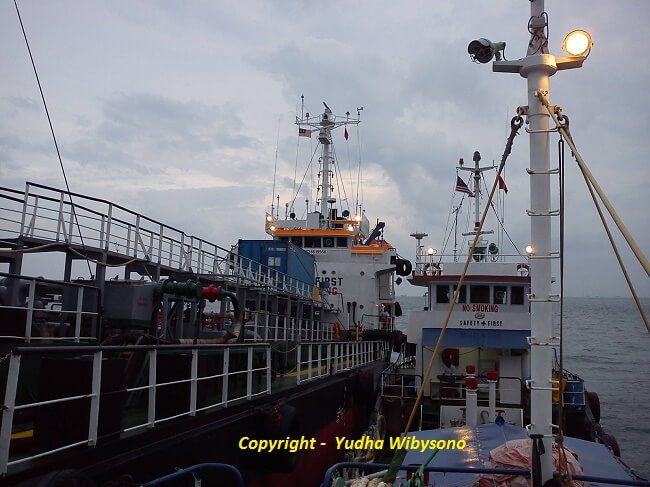
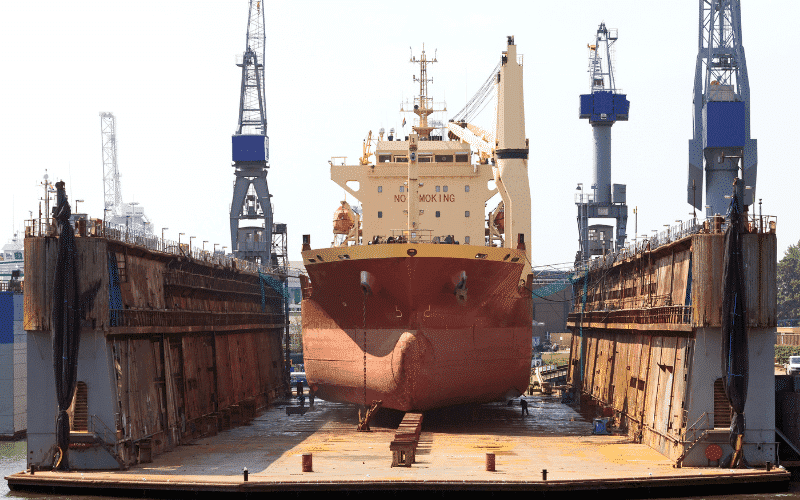

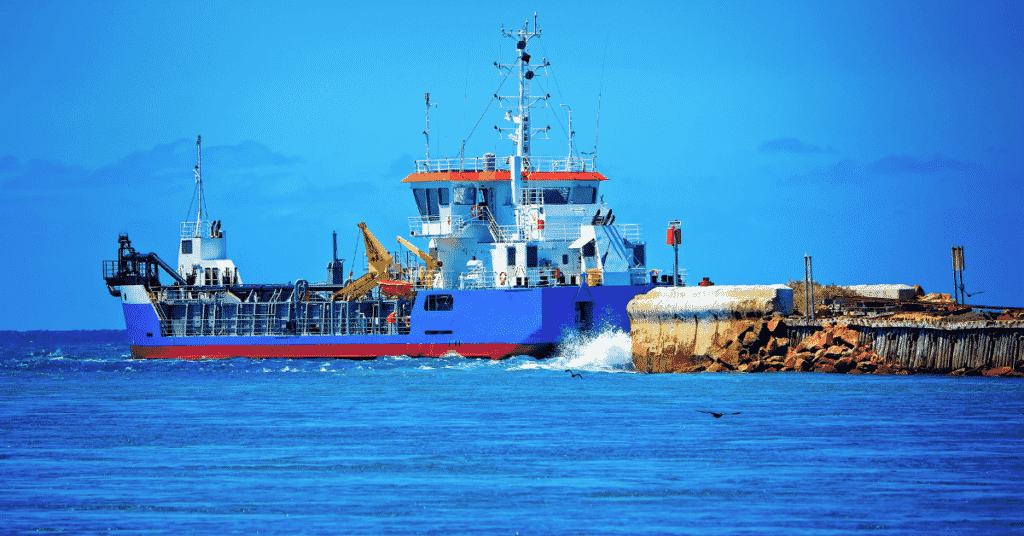
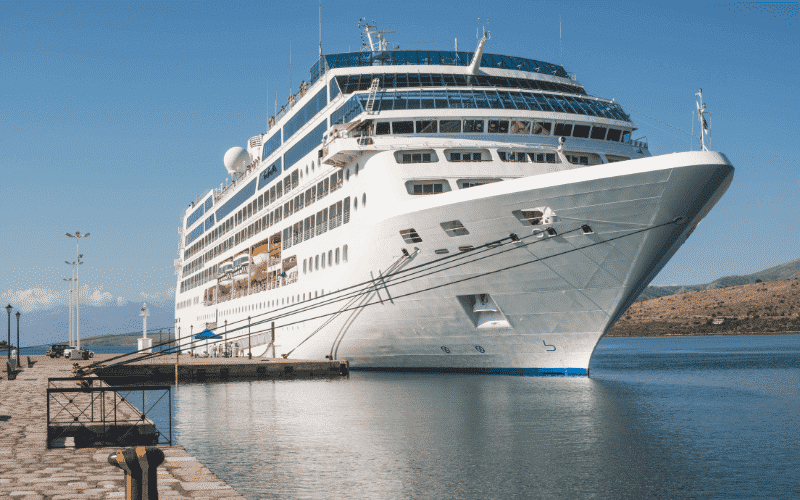
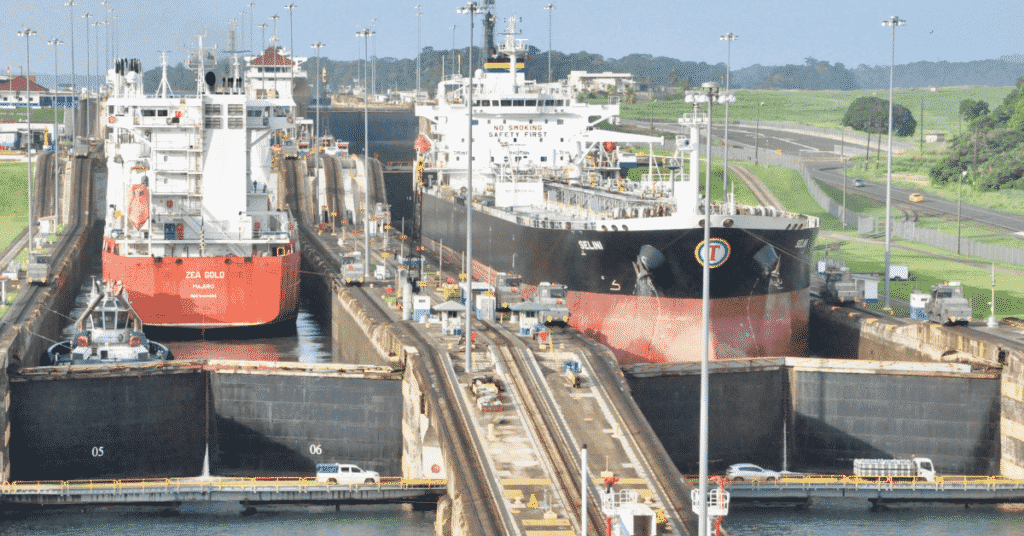
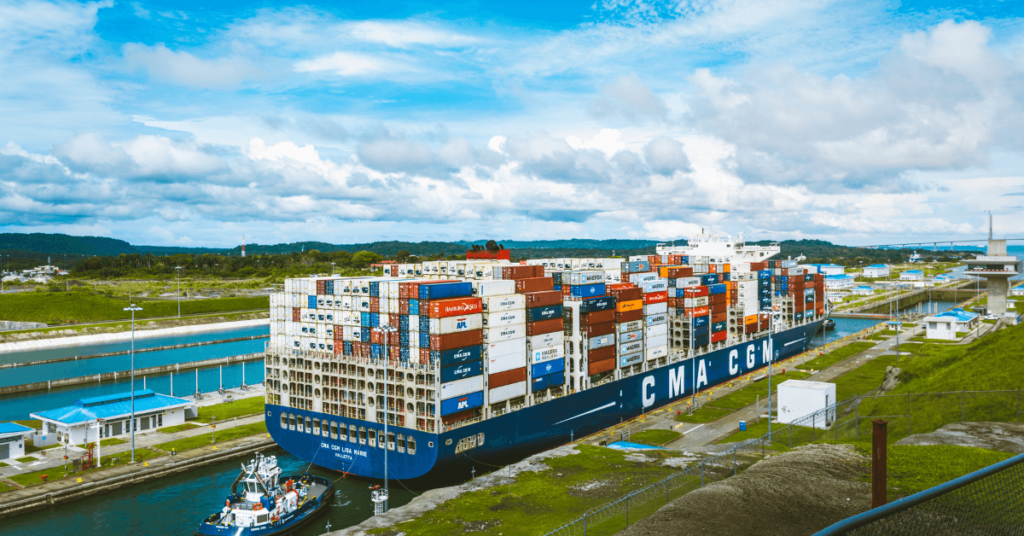

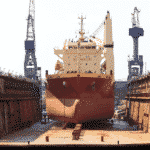

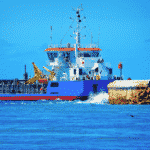
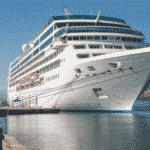
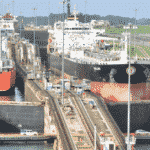
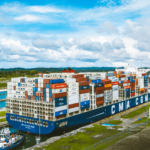
Nice information with pics and experiences.
Thanks for share.
I am learning lot of things on Marine Insight. I am grateful to all senior marine engineers who are taking lot of efforts to put info on the site.
Thank you very much.
Thanks for your Marine Engineering website.
Your knowledge and experiences are of great importance to our Marine community.
Thanks again and Sail Safely.
Giily
Bunker Table is provided with trim correction as well. But you said your ship was in trim by head & you lost oil about 15 tonne. I don’t get this point. Can you explain please?
Do you have a book on how to order bunker and calculate bunker (pre loading plan)
Any one can give me the reference for the pressure in bunkering line of 3bars maximum, what standard? Thank you
No, We do not have a specific book on bunker calculations.